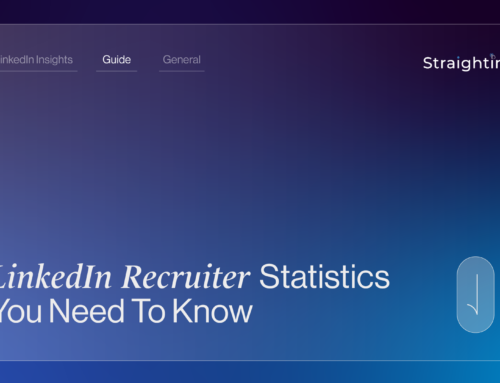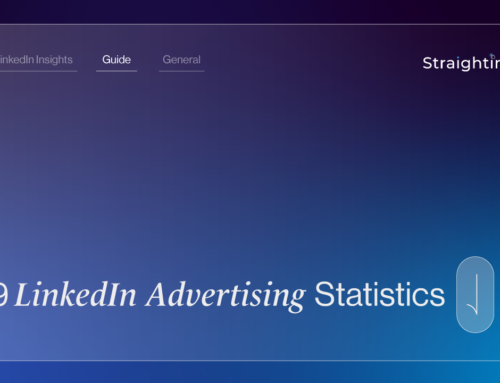In the world of digital advertising, staying ahead of the competition requires continuous improvement and adaptation. LinkedIn, the world’s largest professional network, has launched some new testing abilities for their Ads campaigns, making it easier for marketers to generate successful Ads campaigns. A/B testing for Ads now allows marketers to compare different versions of their ads to make better, data-driven decisions.
Let’s look into A/B testing for LinkedIn ads and explore how it can help marketers optimise their campaign performance!
What is A/B Testing?
A/B testing, also known as split testing, is a method used to compare two or more variations of a marketing element to determine which one performs better. In the case of LinkedIn ads, A/B testing enables marketers to evaluate different aspects of their ad campaigns, such as ad copy, headlines, images, targeting criteria, or even the overall ad design.
By measuring the results of the A/B tests, marketers can gather valuable data and insights into ad performance for future ads!
The Benefits of A/B Testing for LinkedIn Ads
Data-driven decision-making: A/B testing provides tangible data and metrics that enable advertisers to make informed decisions. By testing multiple variations simultaneously, advertisers can identify which elements of their ads resonate most with their target audience, leading to more effective and successful campaigns.
Improved ad performance: LinkedIn’s A/B testing allows advertisers to optimise their campaigns by experimenting with different ad components. By testing variations of ad copy, headlines, or visuals, advertisers can uncover which elements generate higher click-through rates (CTR), engagement, or conversions. This data empowers advertisers to fine-tune their ads and improve overall performance.
Enhanced targeting accuracy: A/B testing can also help advertisers refine their targeting parameters. By testing different audience segments, advertisers can identify which segments respond better to their ads. This insight allows for more precise targeting and the ability to allocate resources to the most promising segments, ultimately increasing the return on investment (ROI).
Best Practices for A/B Testing
Define clear objectives: Before conducting A/B tests, establish clear goals and metrics to track. Whether it’s increasing CTR, driving conversions, or boosting engagement, having predefined objectives will ensure focused and meaningful experimentation.
Test one element at a time: To accurately measure the impact of specific changes, it is crucial to test one element at a time. Whether it’s the ad headline, image, or targeting criteria, isolating variables allows for a clear understanding of what drives the observed differences in performance.
Continuously iterate and optimise: A/B testing is a continuous process. Once you identify a winning variation, incorporate those learnings into future campaigns and continue testing new elements. This ongoing optimization will help you stay ahead of the competition and improve your ad performance over time.
Final Round-Up
A/B testing is a powerful tool in the arsenal of LinkedIn marketers. By allowing data-driven decision-making, A/B testing enables marketers to optimise their campaigns for maximum impact. Following best practices will ensure that advertisers make the most of their A/B testing efforts on LinkedIn’s advertising platform.
By embracing A/B testing and leveraging the insights it provides, you can achieve greater success in your LinkedIn ad campaigns!






